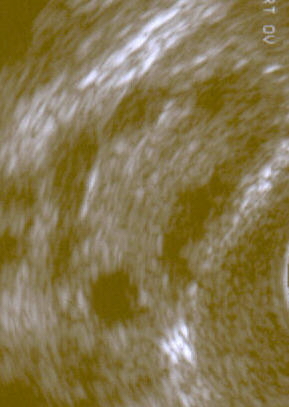Ho sabíeu?
Podeu fer doble clic en una paraula per a buscar-la a TermGallery.
Podeu fer doble clic en una paraula per a buscar-la a TermGallery.
Significats de hyperandrogenemia en anglès
portuguès
síndrome de stein-leventhal espanyol
sindrome del ovario poliquístico català
síndrome de stein-leventhal 
Set of symptoms caused by elevated androgens in females.
Ús de hyperandrogenemia en anglès
1
In addition, 24% of the sisters had hyperandrogenemia and regular menstrual cycles.
2
This familial aggregation of hyperandrogenemia in PCOS kindreds suggests that it is a genetic trait.
3
Its association with indices of insulin resistance and hyperandrogenemia is also seen in the same group.
4
We propose that hyperandrogenemia be used to assign affected status in linkage studies designed to identify PCOS genes.
5
Conclusions: Adult female acne may be triggered by diet, stress, and cosmetics and there is a distinct hormonal milieu that accounts for hyperandrogenemia.
6
Other than failure to demonstrate laboratory evidence of hyperandrogenemia, the most common reasons for subject exclusion were persistent oligospermia and tubal factor infertility.
7
The sisters were compared with 70 healthy age- and weight-comparable control women with regular menses, no clinical evidence of hyperandrogenemia, and normal glucose tolerance.
8
Recent data have disclosed a high prevalence of hyperandrogenemia among peripubertal adolescents with obesity, suggesting that such girls are indeed at risk for developing PCOS.
Col·locacions frequents
Translations for hyperandrogenemia
rus
portuguès
espanyol
Hyperandrogenemia a través del temps

